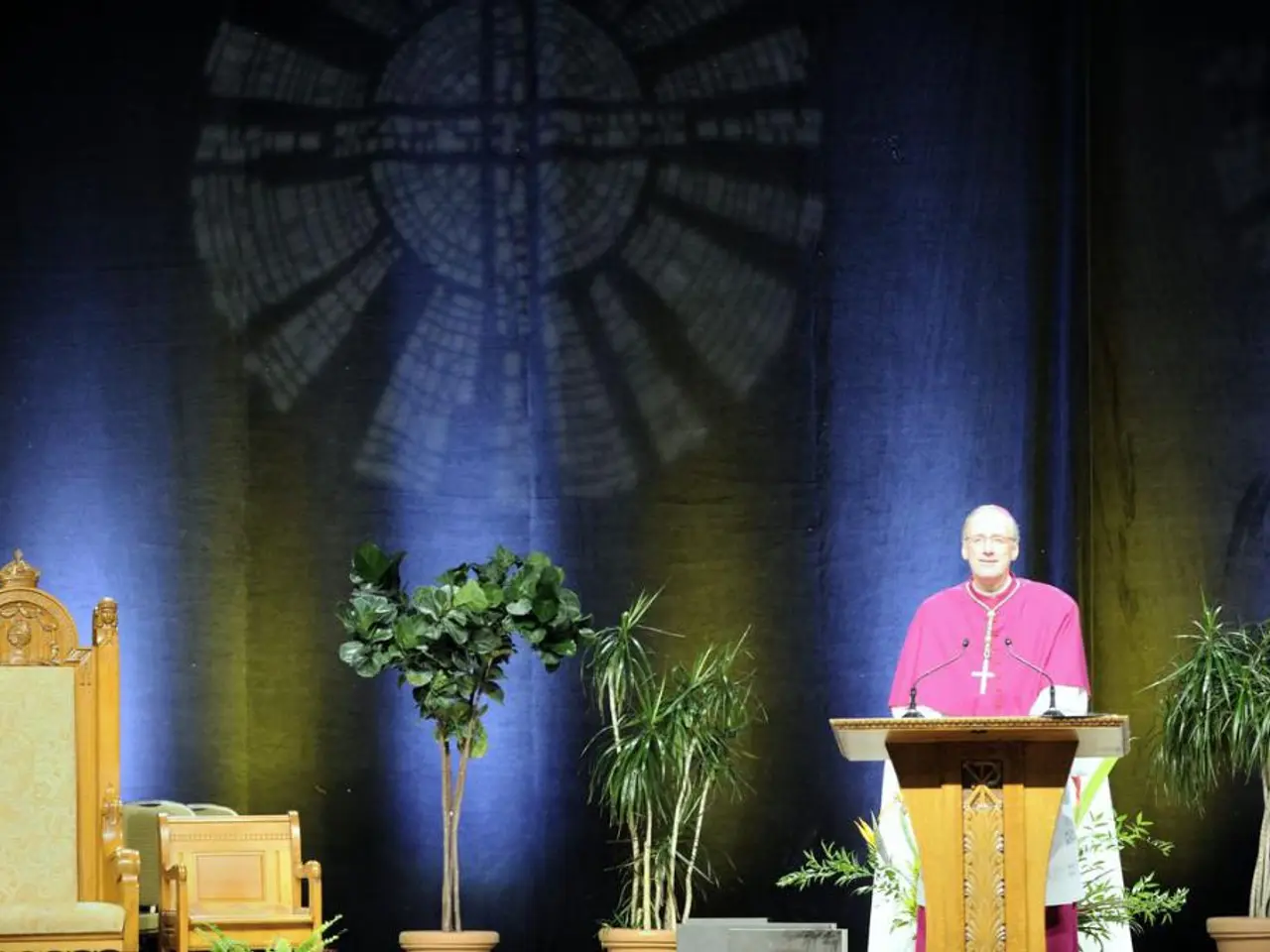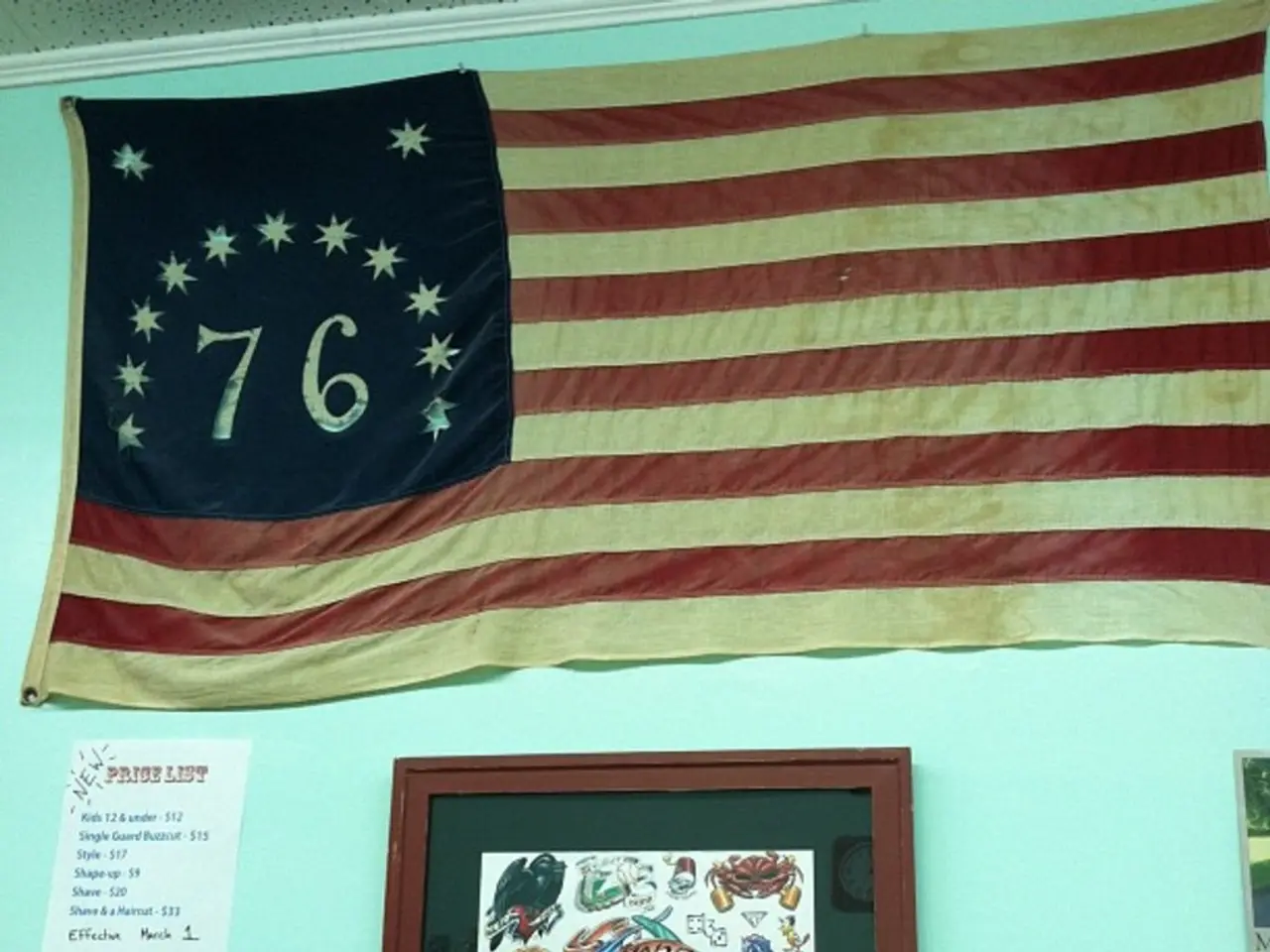Critique of Amelie: An Analysis or Evaluation of the Movie Amelie
In the cinematic landscape of 2001, Jean-Pierre Jeunet's film Amélie stood out as a captivating and whimsical exploration of human connection, kindness, and the joy found in small pleasures. Set against the backdrop of a vibrant and poetic Paris, the film invites viewers to reflect upon what makes us human.
Amélie's Whimsical Kindness
At the heart of the film is Amélie, a shy and imaginative woman whose mission is to bring joy to the weary and achieve it through the pursuit of others' happiness. Her unique talent and imagination become thematic centerpieces of the film, as she rejuvenates her targets, leading them into a medley of indelible rapture.
Exploring Loneliness and Connection
Amélie delves into themes of loneliness, fear of connection, and the human desire to both hide and reveal oneself. Amélie's journey serves as a reflection on the power of small acts of kindness to transform lives. The film also meditates on existential reflection wrapped in dark comedy and romance, dramatizing the tension between isolation and community, fantasy and reality.
A Fairy-Tale Paris
Jeunet's cinematic style is a constantly evolving crescendo of subliminally subversive and tangential cyclic setups composing playful and inventive surrealism. The cinematography in Amélie glimmers with warmth and antiquity, evoking a feeling of living in a Mucha painting. The use of saturated colors—particularly greens and reds—exaggerated camera angles, and creative montage editing enhances the film's storybook, surreal atmosphere and emotional effect.
Connection to French Cinema
While Amélie is not a French New Wave film in the strict historical sense, it shares with the movement a fondness for innovative visual style, romanticizing Paris, and focusing on character subjectivity. Like New Wave classics, it plays with narrative structure and integrates a playful tone and existential introspection. The film also bears influences from Cinema du Look, particularly in its highly stylized, visually expressive approach and focus on quirky characters in a cosmopolitan setting. Jeunet's vibrant visuals and focus on surface aesthetics echo Cinema du Look’s priority on image and mood, although Amélie is softer and more optimistic than many Cinema du Look works.
A Unique and Imaginative Experience
In summary, Amélie marries a fairy-tale thematic focus on joyful kindness and human connection with a cinematic style rich in color and fantasy, drawing on but distinct from French New Wave’s narrative experimentation and Cinema du Look’s visual gloss to create a uniquely warm and imaginative filmic experience. The film romanticizes the unheard voices of those who march to a different beat, providing viewers with a different lens through which to see the world. If enough of us embraced such a philosophy, the world might shed a little of its darkness and bring much-needed light into the mirthless corners of loneliness.
Amélie weaves tales of entertainment that intertwine movies-and-tv themes of romance, comedy, and surrealism, providing a captivating and whimsical journey. The film's exploration of human connection, kindness, and finding joy in small pleasures epitomizes the charm of modern cinematic entertainment.
The cinematic voyage of Amélie blends the worlds of movies-and-tv and entertainment, offering viewers a distinctive and imaginative experience set against the backdrop of a beloved artistic medium.







